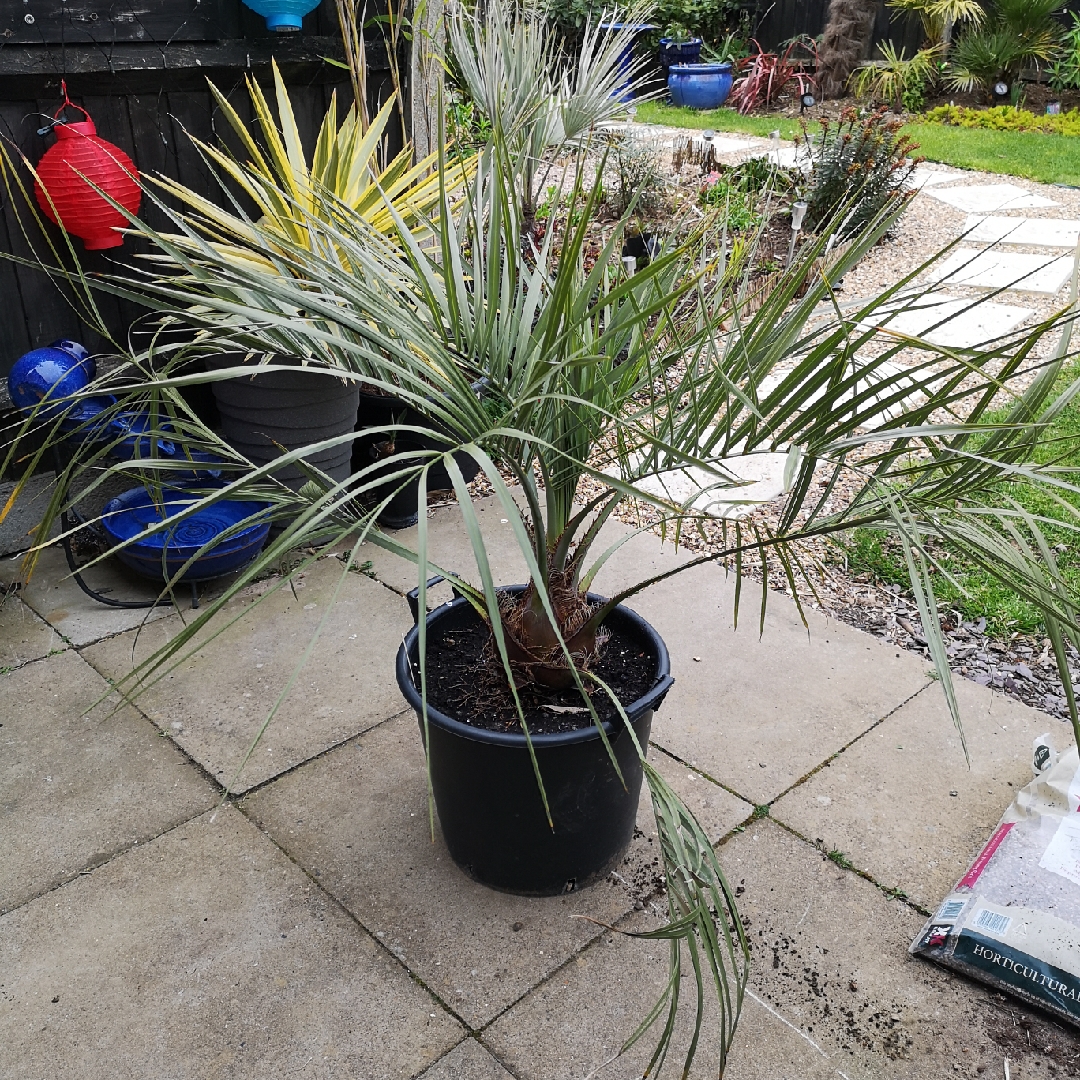
Butia odorata syn. Butia capitata
Jelly Palm
Formerly known as Butia capitata its a variable, single-trunked feather palm from South America that has proved to be reasonably tolerant of cool, wet conditions, displaying some winter hardiness, often without damage. It typically has greenish grey-blue, strongly arching leaves with their leaflets held in a pronounced V shape, giving the palm a particular grace and elegance that belies its size. The name Jelly Palm relates to the edible fruit flesh, fibrous, sweet and remiscent of apricots, that is sometimes made into a sweet jellies and jams.
Contributed by @vec
-
Full sun to partial shade
-
Very little water
-
Frost Hardy: 23F (-5°C)
-
Light and free draining
Common name
Jelly Palm
Latin name
Butia odorata syn. Butia capitata
type
Palm
family
Arecaceae
ph
5.0 - 7.5 Acid - Neutral
Plant & bloom calendar
-
Best time to plant
full grown dimensions
 3.00 M
6.00 M
3.00 M
6.00 M
Butia odorata syn. Butia capitata
Formerly known as Butia capitata its a variable, single-trunked feather palm from South America that has proved to be reasonably tolerant of cool, wet conditions, displaying some winter hardiness, often without damage. It typically has greenish grey-blue, strongly arching leaves with their leaflets held in a pronounced V shape, giving the palm a particular grace and elegance that belies its size. The name Jelly Palm relates to the edible fruit flesh, fibrous, sweet and remiscent of apricots, that is sometimes made into a sweet jellies and jams.
Planting
From Mid Spring TO Late Spring
Plant in mid to late spring in well drained soil in a position sheltered from north or easterly winds. During the first three years, protect with a screen of matting or hessian and a deep mulch of bracken or straw in severe weather.









